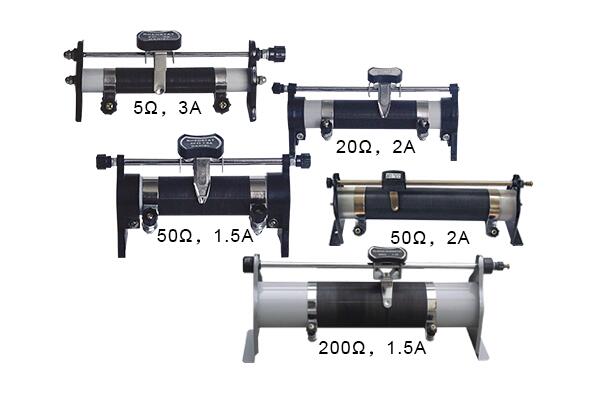Write4U said: ↑ Now transport the electricity through a variable potentiometer (light dimmer).
billvon said: Light dimmers do not use potentiometers for obvious reasons. They use phase control.
Really?
Everything You Need to Know About Variable Resistor Function
The light dimmer is another application of variable resistors being put to work. Light dimmers are commonly found in houses. The function of a light dimmer is to change the brightness of the bulbs connected to the circuit.
https://www.linquip.com/blog/variable-resistor-function/#
and variable resistors are potentiometers;
POTENTIOMETER: A VARIABLE RESISTOR
A variable resistor is a resistor that can change value based on user input. These devices are also called potentiometers or "pots" for short. Variable resistors have a rotary knob or slider that changes their internal …
https://42electronics.com/blogs/learn-more/potentiometer-a-variable-resistor
and all that functions on the basis of mathematical "differential equations".
Artificial variable resistors must be manipulated by persons. Natural variable resistors, such as dynamic microtubules, change their differential potentials by rapid growth or reduction, based on chemical messages. In microtubules it is called "dynamic instability"
What is microtubule dynamic instability? Microtubules have special dynamic properties. In a population of microtubules, at any point in time, a subset of microtubules are rapidly growing while others are quickly shrinking (although sometimes some microtubules also sit still in a ‘paused’ state). This intriguing property is explained by the observation that individual microtubules switch randomly between growing and shrinking states, sometimes changing back and forth several times in the course of their lifetime. This combination of growth, shrinkage and rapid transitions between the two is known as dynamic instability
more...
https://www.cell.com/current-biology/pdf/S0960-9822(06)01771-4.pdf
W4U said: That function did not evolve by accident. It has a practical purpose.
billvon said: All functions evolve by accident. Whether they are retained is based on their practicality.
True, it was sloppy wording on my part. I should have written; That function did not evolve by accident, it is extant due to natural selection of a functional advantage. The second part of that sentence was correct, no?
James R said: Are you going to argue, then, that a thermostat is "conscious"?
No, it is "sensitive" to the existing variable "differential equations", a quasi-intelligent function.
In biological systems, cells have the ability to communicate with each other (inter-cellular communication), which can produce "quorum sensing" and a coordinated response via the simultaneous distribution of action-potentials troughout the system.
Quorum sensing is a proto-conscious electro-chemical inter-cellular data processing function and allows "heliotropism" for photosynthesis in flowers, coordinated "virulence" in bacteria, waggle dance for "locating" food in bees.
Quorum sensing itself does not need a neural network. It is the direct communication between cells that triggers a sensory response that can also be transmitted transmitted to the brain via the neural network and experienced by the brain as a physical action.
IMO, this is the stage of proto-consciousness that evolved into pure experiential brain function as processed by the billions of microtubules and the trillions of synaptic response actions and data comparing against stored memories.
It is a clear evolutionary process of increased sophistication in sensory response processes, starting with purely chemical interactions, to intermediate stage from purely electro-chemical response of individual objects to communal cellular response in biological organisms, to self-aware experiential response processes in the brain.
This process started perhaps 600,000 years after the formation of earth, and was later facilitated by the self-assembly of microtubules and the ability for variable date transmission potentials in Eukaryotic organisms, but took several billion of years to evolve into most extant organisms and most likely in human ability for abstract thought processes by way of a major genetic mutation such as the fusion of 2 ancestral chromosomes, yielding an increased growth and complex folding of the brain and a resulting ability to process complex relational data values.
The demarcation point of the human split being the fusion of 2 ancestral chromosomes into a single larger chromosome in humans, causing only humans to carry 23 pr chromosomes whereas all other apes have 24 pr chromosomes

